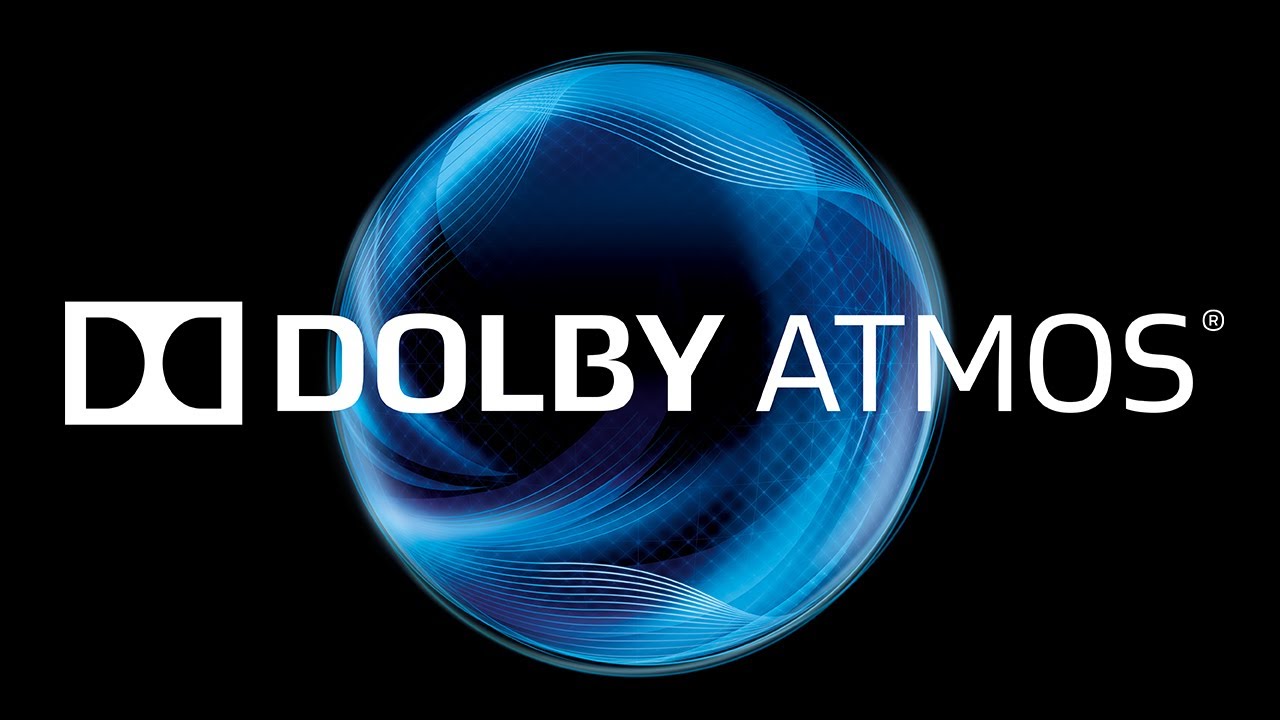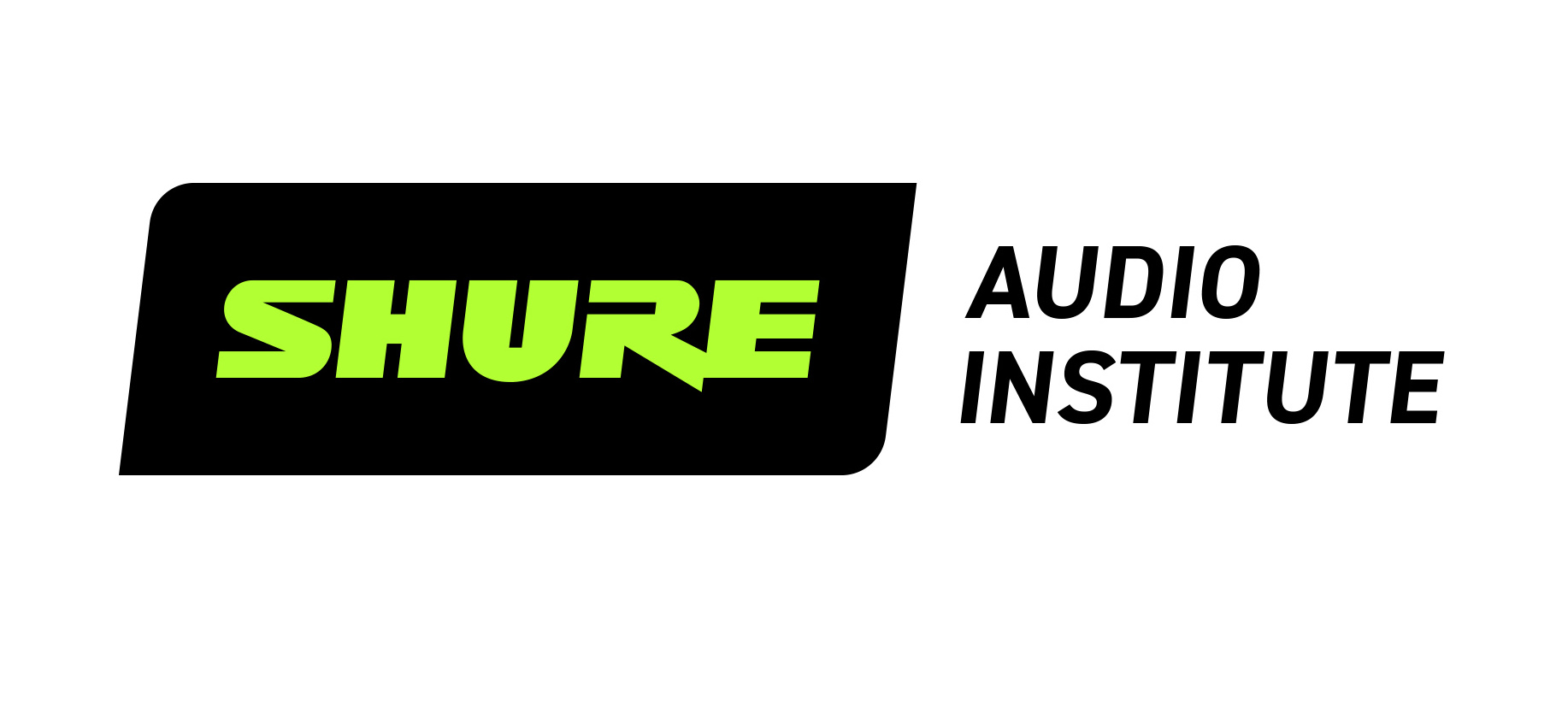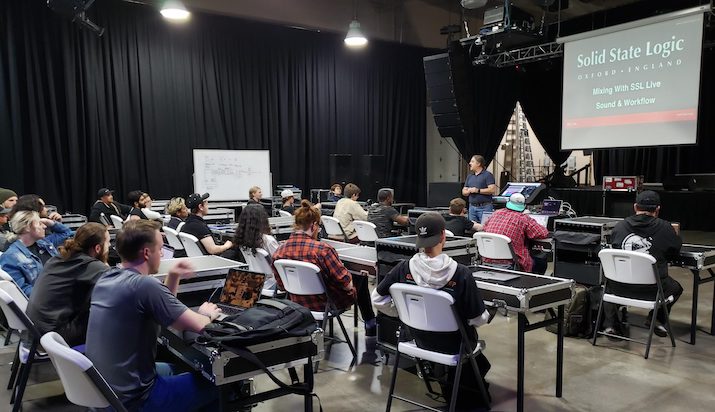Tech Focus: Audio Training, Part 2 — Manufacturers’ Online Efforts Encompass Broadcast Sound
Offerings constitute a comprehensive — and free — pro-audio curriculum
Story Highlights
One consistently available source of training for broadcast-sports audio has been from the manufacturers of the equipment used to capture it, mix it and transport it. Of course, the majority of the training modules from manufacturers focus on the brands’ own products and are part of their marketing strategies. However, the variety of the content across all the key verticals of broadcast sound, combined with the depth and detail that many of the offerings achieve, means that sufficiently ambitious students can put together some surprisingly comprehensive curricula on their own. Here are some of what’s available online and elsewhere from broadcast-audio equipment manufacturers.
Click here for Tech Focus: Audio Training, Part 1 — COVID Drives Online as Primary Mode of Educating Pros
Calrec Sound Institute comprises a series of free, online, certificated training courses covering two of its most widely used digital audio consoles — Brio and Type R — and a series of comprehensive IP training sessions. Brio and Type R training is designed for engineers and operators to get up and running quickly and with confidence, while its seven-part IP course covers everything a broadcast facility needs to know about IP, how it works, and the effect it is having on the industry, including multicast, PTP, and network design. Calrec plans additional free training modules.
 Dolby continues to invest in the tools and resources needed to educate around Dolby Atmos. The company partnered with the Conservatory of Recording Arts and Sciences (CRAS) to launch the first online Dolby Atmos training course, covering how to use Dolby Atmos, Dolby Atmos for live television, and installation and mixing guidelines for professional studios and broadcast trucks. In addition, the Dolby Institute focuses on educating and empowering content creators to “think critically and creatively about audio and imaging from the beginning of the creative process.”
Dolby continues to invest in the tools and resources needed to educate around Dolby Atmos. The company partnered with the Conservatory of Recording Arts and Sciences (CRAS) to launch the first online Dolby Atmos training course, covering how to use Dolby Atmos, Dolby Atmos for live television, and installation and mixing guidelines for professional studios and broadcast trucks. In addition, the Dolby Institute focuses on educating and empowering content creators to “think critically and creatively about audio and imaging from the beginning of the creative process.”
Lawo has a wide range of online tutorials, including a final exam to achieve a certificate of completion on the use of its consoles and other products, through the Lawo Online Academy. A comprehensive primer on networked audio and links to white papers and other information are provided.
 The Shure Audio Institute (SAI) is a global educational and training platform that provides access to deep knowledge and practical skills on general audio topics, technical, sales and Shure product solutions, via online webinars and other training materials and educational booklets. All the training is free and open to anyone who wants to learn more about audio and Shure products. To better prepare audio professionals in today’s evolving wireless marketplace, SAI launched the RF Certification Program, providing RF coordinators and audio professionals with hands-on training conducted by Shure’s team of dedicated RF engineers and expert facilitators. The program provides participants with the skills needed to navigate and troubleshoot complex RF situations.
The Shure Audio Institute (SAI) is a global educational and training platform that provides access to deep knowledge and practical skills on general audio topics, technical, sales and Shure product solutions, via online webinars and other training materials and educational booklets. All the training is free and open to anyone who wants to learn more about audio and Shure products. To better prepare audio professionals in today’s evolving wireless marketplace, SAI launched the RF Certification Program, providing RF coordinators and audio professionals with hands-on training conducted by Shure’s team of dedicated RF engineers and expert facilitators. The program provides participants with the skills needed to navigate and troubleshoot complex RF situations.
Solid State Logic (SSL) offers a variety of training programs. Dedicated Operational Training and Maintenance courses can take place onsite using a user’s own console, at the SSL HQ studio facility, or remotely over the internet. In addition, frequent webinars provide System T and Network I/O training covering the wide feature set that the product ranges encompass: AoIP, Dante, AES67, and ST 2110, with routing management directly from the console. System T software is available as standard PC application T-SOLSA, running offline for show configuration and training or remotely connected to an active console providing online training or show assistance on a LAN or over the public internet using a VPN
Wheatstone’s VoxPro Academy is an online series of video tutorials around the company’s record/editing system used by sportscasters to record and edit simultaneously.

